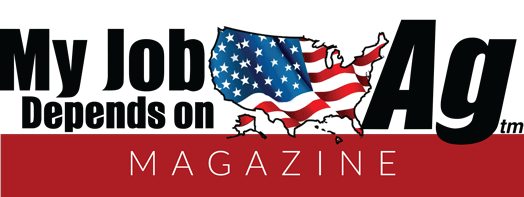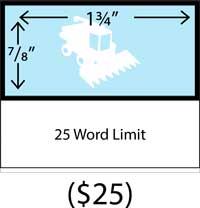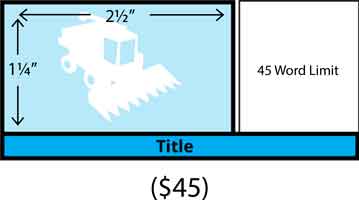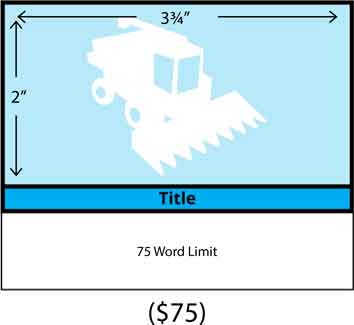Finding and keeping skilled farm and ranch employees requires intentional effort and effective management strategies. While salary is an important factor, long-term retention is often influenced by workplace culture, communication, and leadership. Adapting to modern workforce expectations is key to ensuring that employees feel valued and aligned with your operation’s goals.
Five Essential Management Strategies
- Be a Supportive Leader
Rather than focusing on mistakes, emphasize successes and offer encouragement. Creating a positive work environment fosters motivation and self-improvement, leading to a more engaged and productive workforce. - Establish Clear Goals
Hold an annual review with each employee to discuss performance, address concerns, and set expectations. Encourage employees to prepare their thoughts ahead of time to facilitate a productive discussion. Without clear goals, employees may create their own objectives that do not align with the farm’s vision. - Remove Ego from Management
A successful work environment is not about being right all the time. Prioritizing teamwork over personal pride fosters a collaborative atmosphere and prevents toxic interactions. Focus on profitability and productivity rather than proving a point. - Offer Incentives for Success
Recognize and reward positive outcomes. Clearly communicate goals and establish incentives such as profit-sharing, bonuses, or extra time off. A well-defined reward system often leads to increased motivation and higher performance, benefiting both the employees and the operation. - Acknowledge Generational Differences
Different generations have varying work expectations. While older generations may have been accustomed to long hours, younger workers may prioritize work-life balance. Understanding these differences allows you to tailor management approaches and scheduling to improve retention and productivity.

Effective Employee Onboarding
With worker shortages making the job market more competitive, retaining employees starts with a strong onboarding process. A well-structured introduction helps new hires feel confident and integrated into the team.
A detailed job description is essential, including:
- Job title and summary
- Core responsibilities
- Required skills and experience
To ensure an effective onboarding process:
- Clearly define whom the employee should approach with questions.
- Provide hands-on demonstrations of key processes and procedures.
- Set clear expectations for performance and responsibilities.
Training should extend beyond initial onboarding. Even experienced employees benefit from job-shadowing and continued guidance. A structured, supportive onboarding process is the first step in building a reliable and committed team.
Conclusion
Finding and retaining good employees requires more than just offering competitive wages. By implementing supportive leadership strategies, setting clear expectations, and recognizing individual needs, farm and ranch managers can create a workplace where employees feel valued and motivated. A well-defined hiring and onboarding process further strengthens retention, ensuring long-term success for both the employees and the operation.







